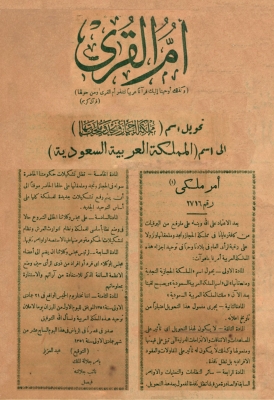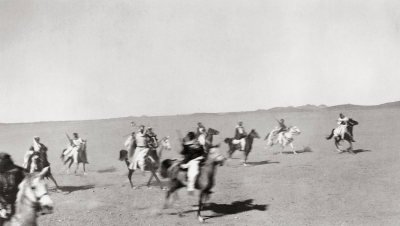
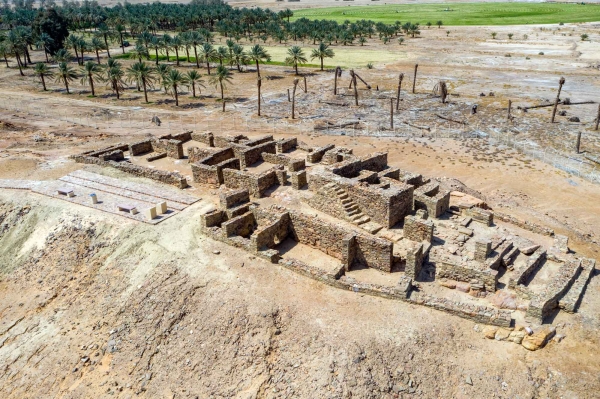
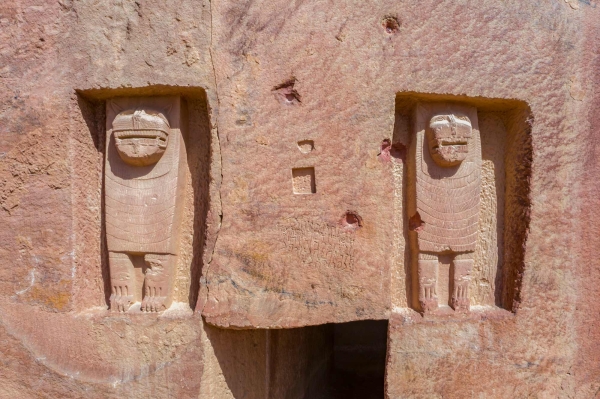
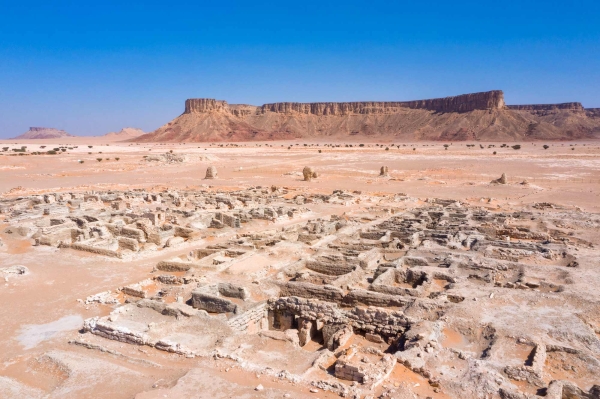
Human Settlement in the Kingdom of Saudi Arabia: The Kingdom, located in the Arabian Peninsula, was one of the earliest human settlement areas in Asia. Ancient humans inhabited it around one and a quarter million years ago during the early migrations of the Stone Age. This was their first journey in transitioning from one habitat to another, moving from Africa to Asia through the lands of the Kingdom.
History of human settlement in the Kingdom
Archaeological studies have traced the history of human settlement in the Kingdom through the trajectory of human migration across the Arabian Peninsula, relying on tools, weapons, and other artifacts left behind by humans during their migrations in various locations across the Arabian Peninsula.
Remnants of ancient human civilization in the Kingdom
Archaeological studies suggest that ancient humans reached the land of the Kingdom through one of two routes, either from the north or from the south. A team of historical researchers suggests that the mountains of the Hejaz served as their first gateway to the Arabian Peninsula. It is presumed that they traveled through African valleys from Tanzania, then through the Nile Valley northward to the Sinai Peninsula, and from there descended southward to the Hejaz Mountains in the northwest of the Kingdom.
Spread of ancient humans in the Arabian Peninsula
Some researchers suggest that the point of spread of ancient humans in the Arabian Peninsula and Asia was through the Sarawat Mountains. This means that ancient humans migrated from their original habitat in Africa, specifically in the lands of Tanzania, by sea travel. They embarked on their journey from African valleys until they reached the shores of the Red Sea, near the part overlooking the Bab al-Mandeb Strait. From there, they moved to the Arabian Peninsula, aided by the narrow sea crossing of only twenty-eight km, a small area scattered with many islands. Humans used primitive boats consisting of flat wooden planks for transit until they reached the south of the Arabian Peninsula through the Sarawat Mountains and then to the valleys of Najran. This assertion is supported by the stone tools found in Shoaib Dahda and Wadi Tathlith, which were used by humans around 1.5 million years ago.
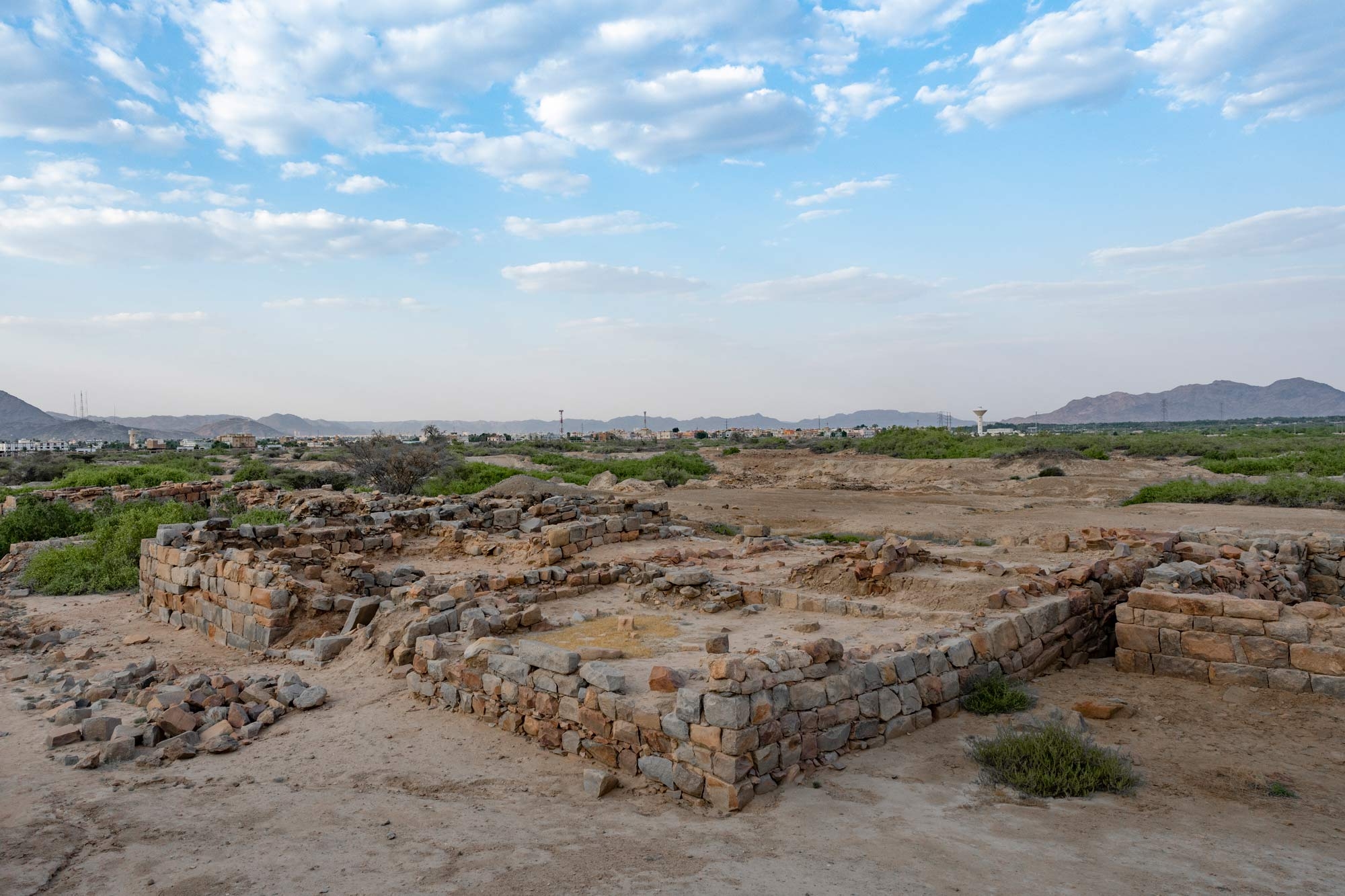
Remnants of human settlement in the Kingdom
In the Kingdom today, several settlement sites dating back to the Stone Age period have been discovered, revealing ancient stone tools. These sites include Shoaib Dahdah and Wadi Najran in Najran Province, ad-Dawadimi Governorate in Riyadh Province, and along the banks of various valleys, notably Wadi Tathlith, Wadi Fatimah, Wadi ad-Dawasir, Wadi Safaqah, Wadi as-Sulayyil, Wadi Salboukh, and Wadi al-Haysiyah. Additionally. This comes in addition to sites dating back to the Neolithic period in the Eastern Province, the Empty Quarter Desert, Wadi al-Ghayran, al-Faw Village, al-Sulayyil and Dhurma Governorates, the Thumamah region, as well as sites like Ain Qanas, al-Dawasiriyah, and Abu Khamis in the Eastern Province.
Factors of the spread of human settlement in the Kingdom
During the third and fourth millennia BCE, the land of the Kingdom witnessed an expansion in human settlement operations, as a result of various activities that emerged in human life, such as barter trade, migration, and human interaction. This period is historically known as the era of ancient Arabian kingdoms, and ancient trade routes played a significant role in this movement. Through these routes emerged what are known as caravan cities, which are commercial stations possessing urban elements located along the main routes of caravan trade. Travelers would stop there to rest, and these stations later became the settlement nuclei for human presence in that period.
During this period of human settlement, humans in the Arabian Peninsula engaged in political activity and the formation of authorities and leadership. These began with the rights of the earliest humans to inhabit the land of the Kingdom during the early migrations, forming authorities that later evolved into kingdoms.
Sites of human settlement history in the Kingdom
The oldest reform division of the land of the Kingdom dates back to the period of ancient Arab kingdoms. The sites of human settlement during that period are linked to a regional division that largely resembles the current administrative division of the Kingdom. This division comprises six geographical regions, mapped according to consistent archaeological and historical data. It includes the eastern region, which covers the present lands of the Eastern Province, and the northern region, encompassing the Northern Borders Province, Hail Province, and al-Jawf Province. The central region includes the Riyadh Province and Qassim Province. The northwestern region includes the northwestern parts of the Kingdom, including parts of al-Madinah al-Munawwarah Province and Tabuk Province, which were centers of civilization at that time, including cities like Dadan (present-day al-Ula), Tayma', al-Khuraybah, and Yathrib. Many ancient Arab kingdoms that ruled the area originated specifically in this region, including the kingdoms of Tayma', Dadan, Lihyan, and Nabateans.
To the west of the Kingdom lies the western region, which largely corresponds to a significant part of the current geographical area of Makkah al-Mukarramah Province. Then there is the southwestern region, covering the administrative regions in the south of the Kingdom, including the provinces of Aseer, al-Bahah, Jazan, and Najran.
Related quizzes
